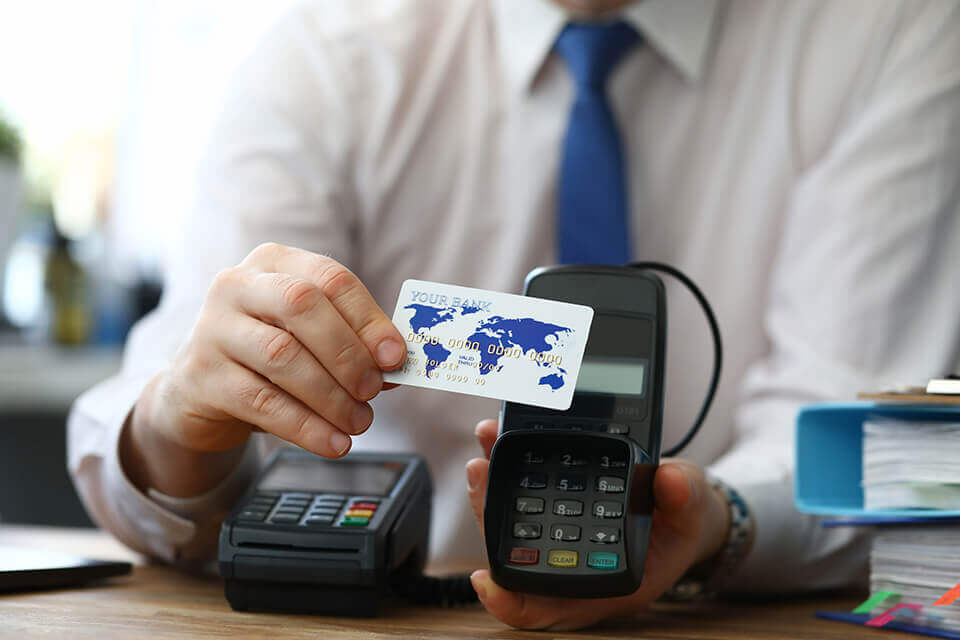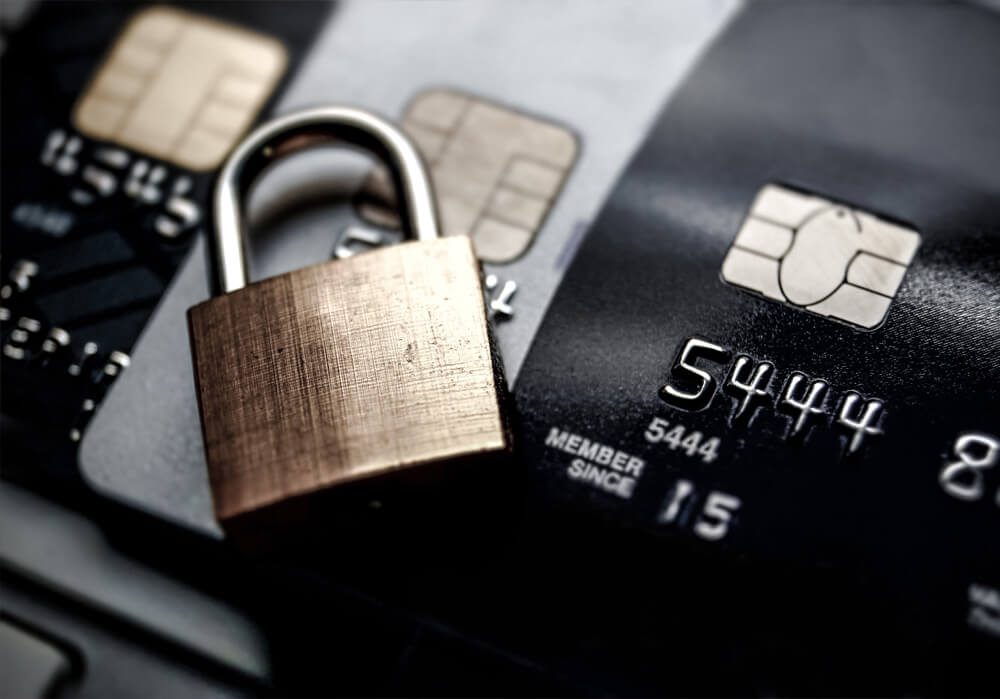Each business is unique, and each operates in a certain way. But recently, many are sharing one thing in common – offering consumers more ways to pay, even over the phone. But to integrate this payment option, you need to understand what is a virtual terminal and how it can benefit your business.
So what is virtual terminal credit card processing? A virtual terminal is a software application that enables a user to access a computer or server remotely through a network. In e-commerce, a virtual terminal is a web-based application that allows merchants to process credit card transactions manually, without the need for a physical credit card terminal. It is typically used for phone or mail orders, as well as for processing payments for invoices or recurring payments.
Why Do I Need a Virtual Terminal for Credit Card Processing?
From large enterprises to freelance web designers, there are many unique businesses out there, with their own set of rules, operating in their own way. But recently, more and more businesses share something in common – a rising need to attract more customers by offering different payment options. If we look at some global e-commerce statistics published by Statista, we will see that in 2021, mobile and digital wallets accounted for around half of the e-commerce transactions worldwide. So, using a mobile device for business might be just what you’re looking for to increase the success of your small business and grow your revenue.
The truth is that your success doesn’t rely simply on good customer service or good product quality. Consumers are getting used to fast shipping and delivery, availability, and a vast selection of payment options. If you can’t deliver payment convenience, they are more likely to turn to some other business that can live up to their needs.
And while some businesses are quite satisfied with having a POS system integrated into their brick-and-mortar stores, your business might need a completely different approach. If the way you operate doesn’t necessarily include being face-to-face with your clients, or you take orders over the phone, while you don’t have a large enough budget for new hardware or software, what should you do? Suppose you’ve started a dropshipping business, and your clients need you to accept electronic payments. That’s where credit card processing services through a virtual terminal save the day.

What Is a Virtual Terminal? Understand the Basics
When it comes to the characteristics of e-commerce, most business owners understand the very basics. You need merchant services to apply for a merchant account. You will also require to pick an acquiring bank. But you will also need to understand what a payment gateway is and how PCI compliance helps you integrate credit card fraud prevention and keep both your business and your clients safe.
But, although you may understand how credit card processing works, where does a virtual terminal step in? A virtual terminal is a payment processing solution that allows businesses to accept payments from customers paying with a credit card over the phone or via email. It is a web-based application that securely captures payment information such as credit card numbers, expiration dates, and security codes. This information is then transmitted to a payment processor for verification and settlement.
What Types of Businesses Benefit From It?
Virtual terminals are useful for businesses that receive orders by mail or phone, as they allow merchants to manually enter payment information without the need for a physical credit card terminal. They are also useful for businesses that require a flexible payment processing solution, as they can be accessed from any device with an internet connection. If you are already using merchant services and credit card processing for small businesses, you can inquire with your credit card processing company about implementing a virtual terminal.
Are They Secure?
As with other e-commerce payment options, a virtual terminal needs to be PCI-compliant if it is used for processing credit card payments. PCI DSS (Payment Card Industry Data Security Standard) are security standards made to ensure that companies that accept, process, store, or transmit credit card information keep the entire process secure from fraudulent activities.

How Do They Work?
Although it doesn’t seem so at first glance, credit card virtual terminals, in practice, work similarly to a physical machine that accepts cards. The difference is that they require non-cash software apps. Let’s start by explaining in short how physical card technology works – a customer inserts or taps their card into a POS terminal and then enters their PIN number in order to verify the transaction. From that point, the process is automated.
When it comes to a virtual terminal, there’s a similar order. Here’s a step-by-step:
- First, you log in with the right credentials into the virtual terminal provided by your payment processor.
- The next step is to enter the client’s personal information from their card once you are prompted by a form found on the secure web page.
- Finally, you can tap or click to submit, and the order will be automatically processed.
As long as you have internet access, you can reach the virtual terminal using any device, including a laptop, PC, smartphone, or tablet. If you have any other members of staff in your company, they can also gain access with varying privileges and levels of authority.

What Are the Greatest Benefits of Virtual Terminals?
You can already imagine that there are countless benefits to using this type of payment technology, especially if your business is based in the field. You can use it to process payments from anywhere where you have an internet connection, without the need for physical payment terminals or card readers. Using virtual terminals offers a wide range of advantages, including increased flexibility, improved security, and reduced costs. This way, you get to simplify transaction processing while also expanding your options.
Here’s a list of some of the key advantages of using virtual terminals:
- They offer flexibility because they allow businesses to process payments from anywhere with an internet connection, providing more convenience compared to traditional terminals.
- With this type of transaction processing, you can lower the costs because you avoid different fees associated with purchasing and maintaining physical payment terminals and card readers.
- You also expand your options because, with virtual terminals, your business will be able to accept a wider range of payment options, including credit and debit cards, e-checks, and ACH payments.
- Streamlined payment processing is another huge benefit because it can make receiving and processing payments faster and more efficient.
- Virtual terminals use encryption technology to protect sensitive payment information, reducing the risk of fraud and other security breaches.
- They also offer real-time reporting and analytics, so you will have access to valuable insights into processing and customer behavior.
- With virtual terminals, customers can easily make payments online or over the phone, improving the overall customer experience and satisfaction.
If you’re looking for a way to simplify payment both for you and your customers, you should consider using a virtual terminal.
Are There Disadvantages?
Virtual terminals that are used for processing credit card payments are considered card-not-present transactions, which are considered higher risk than traditional card-present transactions. This may seem like a huge disadvantage; however, they use encryption technology which is considered as increased security. On the other hand, there is still some risk involved. Let’s look what are other downsides in the table below.
| Internet connectivity issues | They require a stable and reliable internet connection to function properly. |
| Limited offline payment options | Businesses may not be able to accept payments if the internet goes down or if they are in an area with poor connectivity. |
| Security concerns | There is always a risk of security breaches or hacking attempts that can compromise sensitive payment information. |
| Lack of physical card presence | Businesses may not be able to verify the authenticity of a card or check for physical damage. |
Different Types of Virtual Terminals
The most common way to accept a payment where the cardholder is not present is through a virtual terminal in a web browser. However, accessing it through a web browser isn’t the only option, and there are three different types available. Besides the web-based, there are different desktop and mobile apps, which allow you to process transactions from your screen. There is also the card machine screen, where a merchant can manually enter the consumer’s card details into the terminal.

Solutions and Features Enabled by This Type of Processing
We’ve explained that a virtual terminal in e-commerce is a sort of online checkout form. However, there is more to it because there are many features and products that are ready to enhance the already seamless processing and help you accept non-cash transactions with ease while also providing security and swiftness.
Recurring Payments
Recurring payments are a convenient way for businesses to bill their customers on a regular basis, such as monthly or annually, without the need for the customer to manually enter their payment information each time. In a virtual terminal, businesses can set up recurring payment plans for their customers. The customer’s payment information, such as their credit card details, can be securely stored in the virtual terminal’s system using tokenization and end-to-end encryption. It will automatically charge the customer’s payment method on the scheduled date of each billing cycle without the need for the customer to take any action.
End-to-End Encryption and Tokenization
All the transactions through a virtual terminal happen in a payment gateway and not on the merchant account. This means you can enable end-to-end encryption and tokenization technology which will protect sensitive information during the process.
In a virtual terminal, when a customer enters their credit card details, the details are encrypted and sent to the payment gateway for processing. The payment gateway then generates a token for the credit card details and sends the token back to the virtual terminal. The virtual terminal stores the token in its system and uses it for future transactions instead of storing the actual credit card details.
End-to-end encryption is a security measure that ensures that data is encrypted from the point of origin to the point of destination and can only be decrypted by the intended recipient. This means that even if a hacker intercepts the data, they won’t be able to read it. Together with tokenization, they provide a strong layer of security for virtual terminal transactions in e-commerce.

Improve the Payment Processing Capabilities With a Virtual Terminal
There are many benefits to using this type of processing, and if you’re thinking about integrating it into your business, you should look for credit card processing companies that offer it. Once you’re set up, you can streamline your payment processing operations and offer your customers a simple and secure way to make purchases. With the added security features of tokenization and end-to-end encryption, you can ensure that your customer’s sensitive information is protected during transactions.
Don’t wait any longer to upgrade your payment processing capabilities. Choose a credit card processing company with virtual terminal capabilities that meet your business’s unique needs and start accepting payments with ease. And inquire about their other offers, such as the discount program and other conveniences that can pave your way to increased revenue and growing customer loyalty.
For a reliable processor with transparent pricing, choose Merchant Chimp. From Boston, Massachusetts, throughout California, to Miami, Florida, we offer our support and services that will help you process various payment options. Contact us today, and let us get you started on expanding your business.







